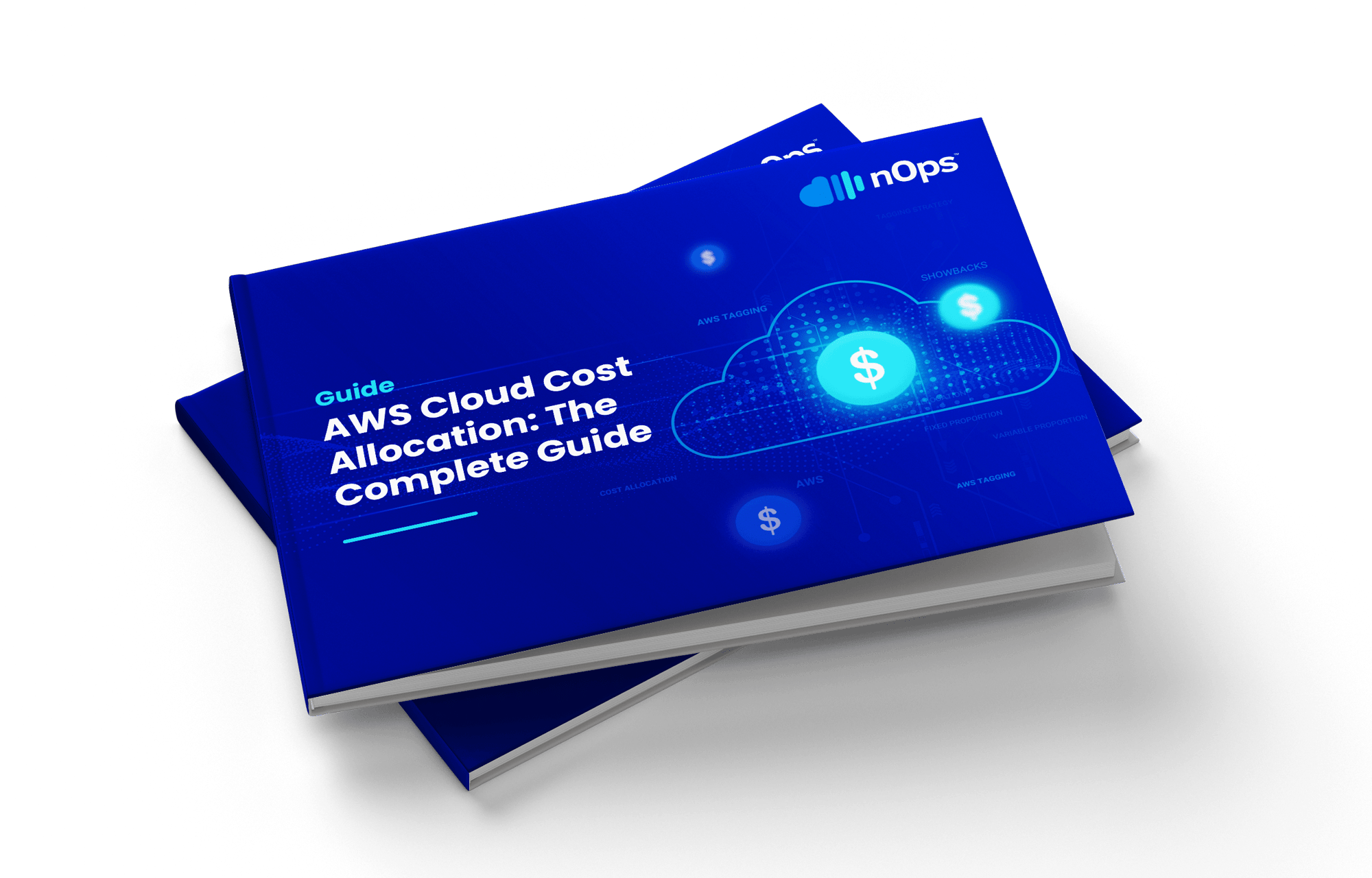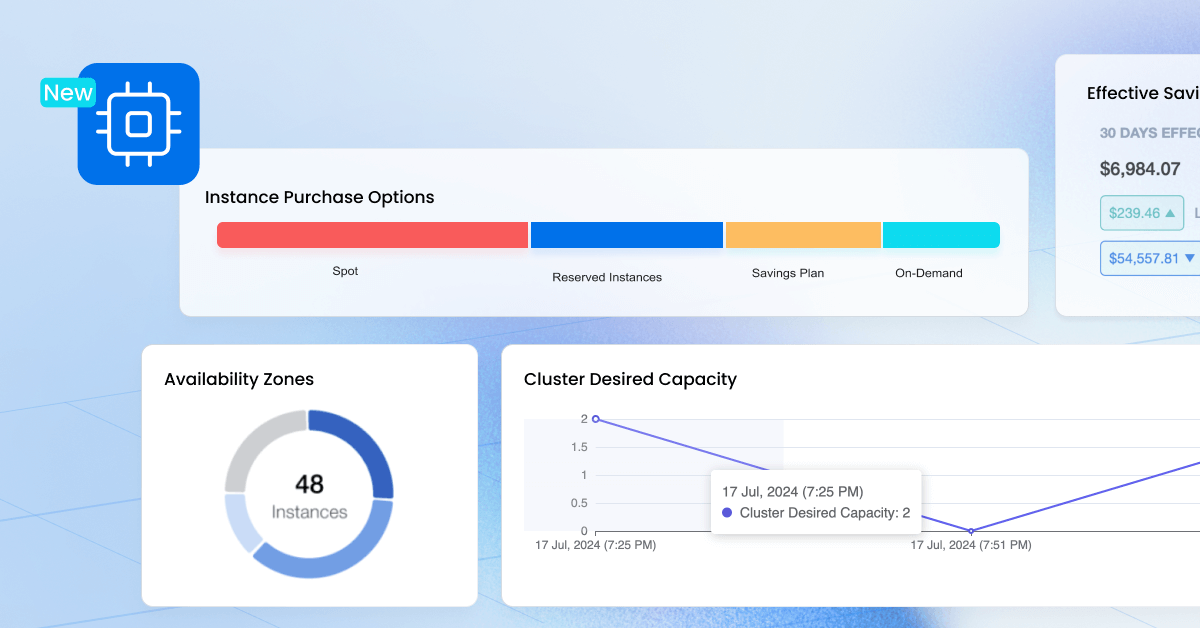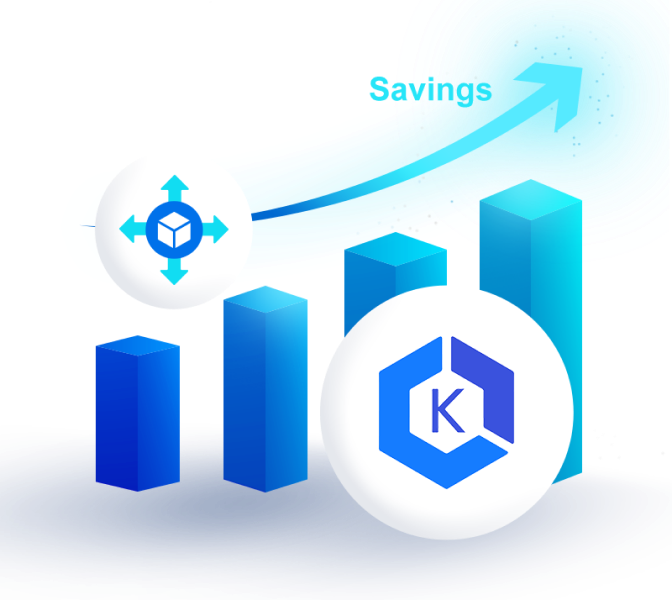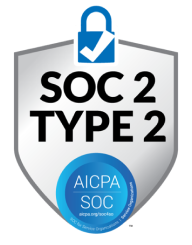Navigating the AWS console to gather comprehensive information about your resources often requires clicking through multiple pages and performing manual calculations for potentially hundreds or thousands of clusters. That’s why we wanted to make it easy to find what you need by consolidating all the essential information into one view. You no longer need to track down and investigate individual resources; everything you need is in one place, so you can instantaneously see exactly what’s going on in any EKS cluster or ASG.
What’s New
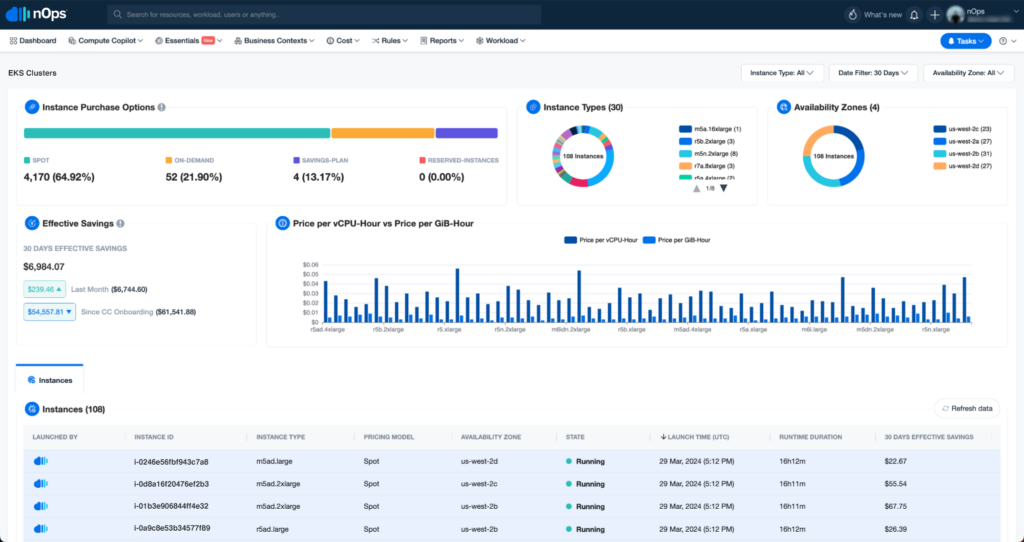
Instance Purchase Options
Compute Copilot intelligently assesses and utilizes the best blend of Reserved Instances, Savings Plans, and Spot for optimal reliability and cost. This section of the dashboard offers a clear view into how Compute Copilot is managing your resources.

Workload Diversification
The key to Spot stability is diversifying instance types so you can tap into broader and more reliable capacity pools. A balanced mix across different types and zones enhances both resource utilization and system resilience.
You can verify through the Copilot Dashboard that nOps is running your workloads on a diverse distribution of Spot instance types across multiple availability zones — greatly improving your Spot reliability and ensuring your workloads remain available.

For example, you can see two instances distributed across two zones, or two different instance types, each represented by one instance. This immediate clarity is a significant improvement over the AWS interface, which requires navigating multiple pages to piece together similar information.
View Cluster Desired Capacity
The Cluster Desired Capacity Graph provides a clear visualization of how many instances are scaling up, which is particularly beneficial to track transient and unpredictable workloads such as batch jobs. It shows the maximum number of instances scaled up to, the minimum number, and the frequency of job completion. This visualization makes it intuitive and easy to determine the most cost-effective strategy, such as when and how much Spot (variable workloads) or Savings Plans/Reserved Instances (flat workloads) to use.

Termination Rate
Compute Copilot helps boost your Spot reliability by leveraging ML to put your workloads on diverse and stable Spot instances. It just takes a click onto the dashboard to see your Spot termination rate and how it has lowered since you have onboarded.
In addition to lowering your termination rate, Copilot also dramatically increases the average lifetime of your Spot instances — this metric is coming soon in the dashboard.
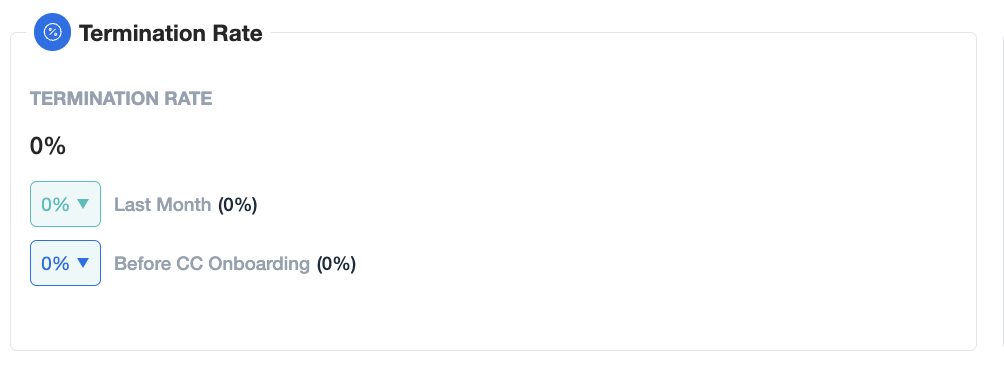
See How Much You’re Saving
View your real savings (how much you saved compared to On-Demand) achieved with Compute Copilot in a specific cluster. We also track total savings since onboarding, offering a clear view of immediate and long-term benefits. With Compute Copilot, you can easily monitor:
- Current month’s savings
- Previous month’s savings
- Total savings since onboarding
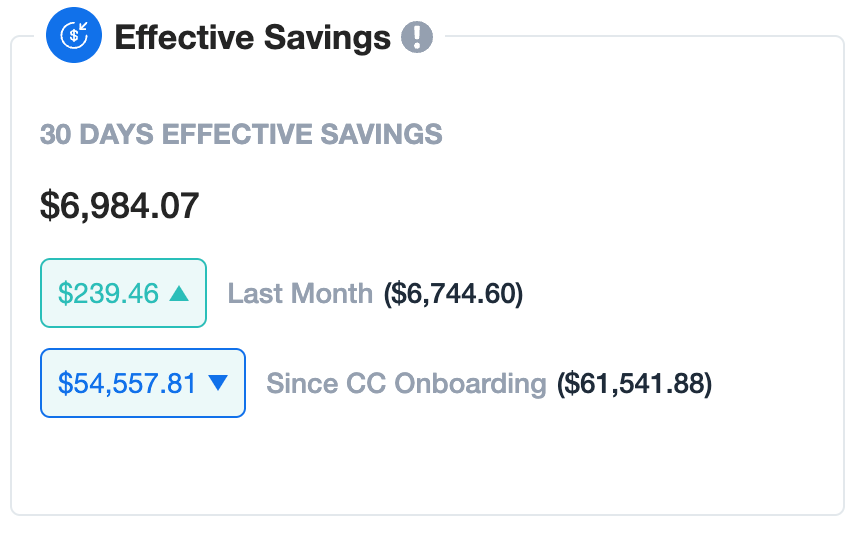
Price per vCPU vs Price per GB-Hour
At nOps, we understand that cloud cost optimization isn’t just about paying less — it’s about getting more compute out of every dollar.
Comparing price per CPU hour vs. per GB hour provides crucial insight into your price efficiency. For each instance type, users can easily view the respective prices, enabling informed decisions about resource allocation, whether you’re optimizing for compute or memory.
This data is particularly valuable as it reveals trends in cost optimization over time. Even if overall spending remains consistent, a decrease in price per CPU or gigabyte hour indicates enhanced cost-effectiveness. Essentially, users are getting more compute for the same investment.

This capability complements modern tools like Karpenter, which have an increased ability to provision based on discrete resource requirements. By understanding pricing per GB and per core, you can leverage Karpenter’s precise provisioning capabilities to make more informed decisions about resource allocation tailored to your specific workload needs—whether you’re optimizing for compute or memory.
Visualize Your Workloads in Real Time
Watch how Compute Copilot replaces instances with more cost effective and reliable Spot options (Instance Types, Availability Zone). See how your workload breaks down by Spot versus On Demand, and AWS-provisioned versus Copilot-provisioned.
Copilot offers detailed real-time visibility into all of your instances (whether launched by AWS or Copilot). This includes instance type, pricing model, availability zone, launch time, runtime duration, and effective savings.
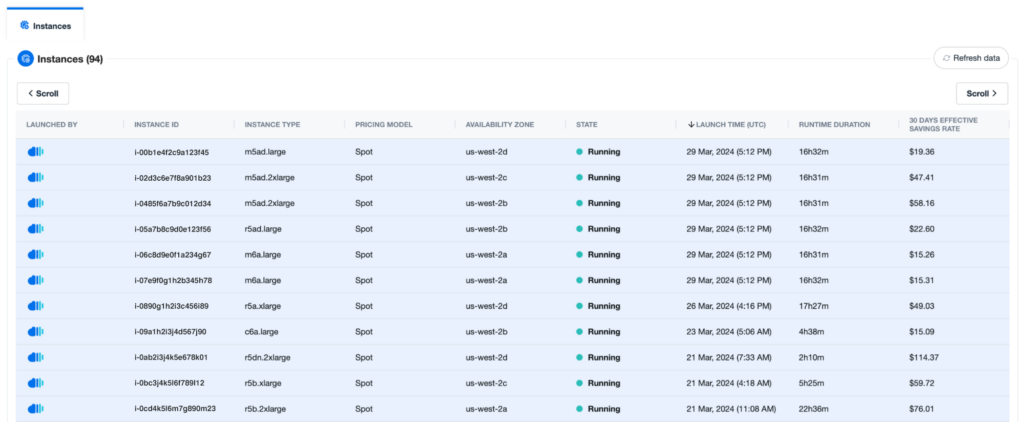
The dashboard makes it easy to check each instance’s state and its performance at any given moment. You can change your configurations with just a few clicks.
How to Get Started
The new dashboards are located in the Action column on both the EKS and Auto Scaling Groups functionalities in Compute Copilot. This placement ensures that you can easily access detailed information without having to navigate away from your current workflows.
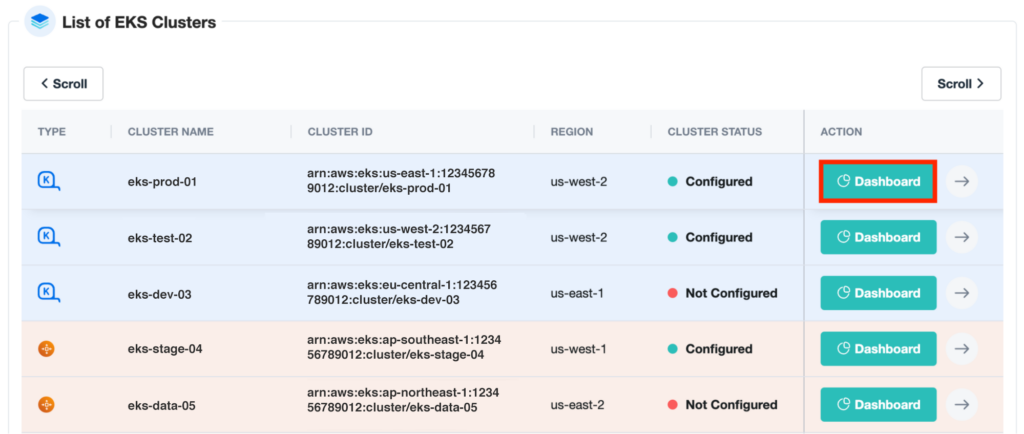
More about nOps
If you’re looking to save on your AWS costs, nOps makes it easy and painless for engineers to take action on cloud cost optimization.
The nOps all-in-one cloud platform features include:
- Compute Copilot for EKS or ASG: Intelligent provisioner that helps you save with Spot discounts to reduce On-Demand costs by up to 90%
- Business Contexts: Understand and allocate 100% of your AWS bill down to the container level
- Commitment management: Automatic life-cycle management of your EC2/RDS/EKS commitments with risk-free guarantee
- Storage migration: One-Click EBS volume migration
- Rightsizing: Rightsize EC2 instances and Auto Scaling Groups
- Resource Scheduling: Automatically schedule and pause idle resources
nOps was recently ranked #1 with five stars in G2’s cloud cost management category, and we optimize $1.5+ billion in cloud spend for our customers.
Join our customers using nOps to understand your cloud costs and leverage automation with complete confidence by booking a demo today!
